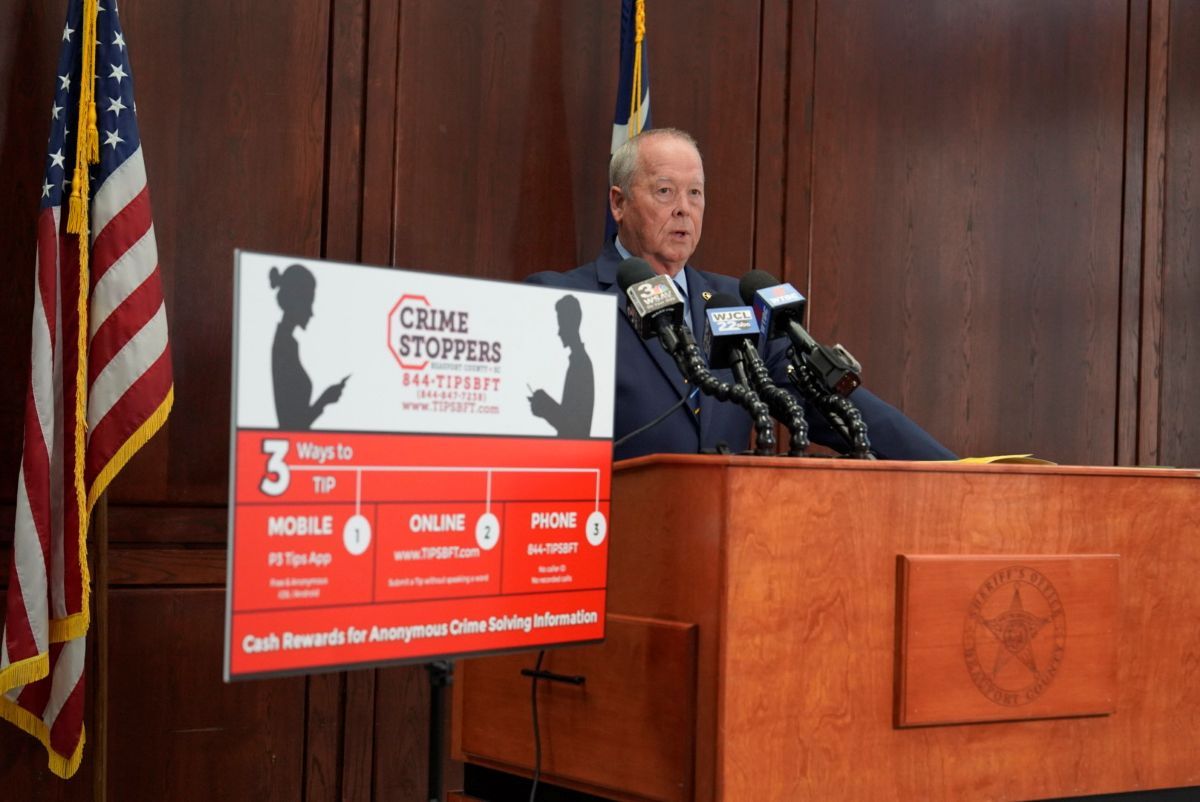
The Beaufort County Senior Leadership program class of 2015 enjoyed a visit to the ACE (Ashepoo, Combahee, and Edisto river Basin). The ACE Basin Project recently celebrated 25 years of unprecedented land conservation, protecting 217,000 acres of the South Carolina’s Coastal Plain, in a grass roots effort that has become a model for conservation throughout the country. The group met at the Nemours Wildlife Preserve headquarters on the Combahee River. During the morning session, Dr. Ernie Wiggers, Executive Director of the Nemours Plantation and Preserve, reviewed the history of the rice culture along the South Carolina Coast; the important role of naturally occurring wildfires, as well as the necessity of continued controlled burns in the preservation of the local environments. Dr. Wiggers also reviewed the history and collaborative development of the ACE Basin National Wildlife Preserve.
Dr. Al Segars, Veterinarian with SC Dept. Of Natural Resources and Coordinator of the ACE Basin National Estuarine Research Reserve educated the class as to the plants and animals found in the ACE Basin and in nearby waters; focusing on the role humans have in the future growth or loss of these resources. “I could have listened to Dr. Wiggers and Dr. Segar for hours. This was a great educational experience,” said one program participant. Another pleased participant commented “This might have been my favorite day…the speakers were excellent!!”

These sessions were followed with a wagon tour of impoundments and woodlands on the plantation. The staff provided detailed descriptions of the construction, placement, and uses of the large “trunks” used to control the water level of the former rice fields; and the eagle’s nest with both the newborn eaglets and the parents in attendance.
“Because Beaufort County is geographically part of a unique and diverse eco-system, there is an abundance of information to cover both north and south of the Broad River. We need to dedicate two class days on the environment just to cover the basics” said Bob Guinn, of Clemson Extension.
Day 1 focused on the ACE Basin – 350,000 acres north of the Broad River, renowned for its extensive natural beauty consisting of marshes, wetlands, hardwood forests, and riverine systems flowing into St Helena Sound.
The second day covered the flora, fauna and aquatic life in south of the Broad River – with visits to the Port Royal Sound Foundation and the South Carolina Department of Natural Resources Waddell Mariculture Center in Bluffton.
The class visited and toured the Maritime Center of the Port Royal Sound Foundation, and learned about the history and plans of the Foundation from Director, Jody Hayward. They also heard from Kristen Mattsen, Environmental Educator with the Lowcountry Institute on Spring Island, about what makes Port Royal Sound such a unique body of water. Tony Mills, also with the Lowcountry Institute, as well as host of the “Coastal Kingdom” TV series, talked about many of the “critters” of the Lowcountry. In the afternoon, the group was hosted by Al Stokes, director of the Waddell Mariculture Center, and was given an overview of the research and educational programs on-going at the center; and the important role they play worldwide in developing sustainable marine food sources for the future.







